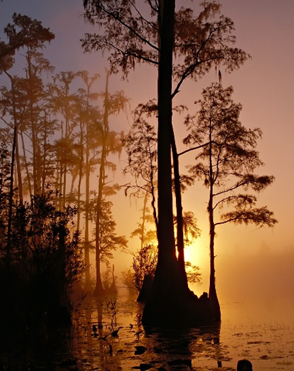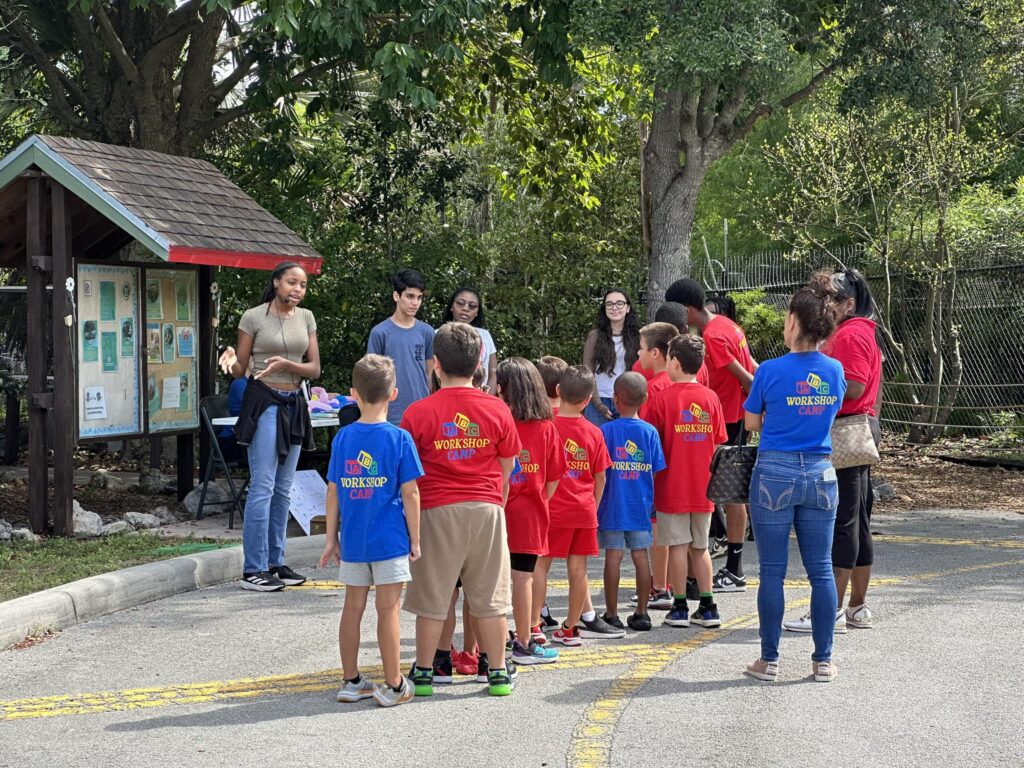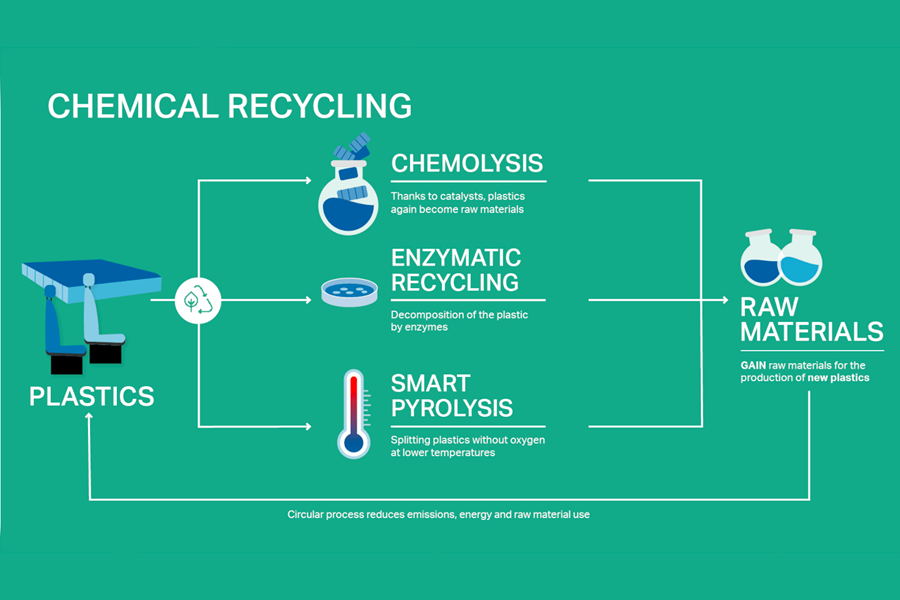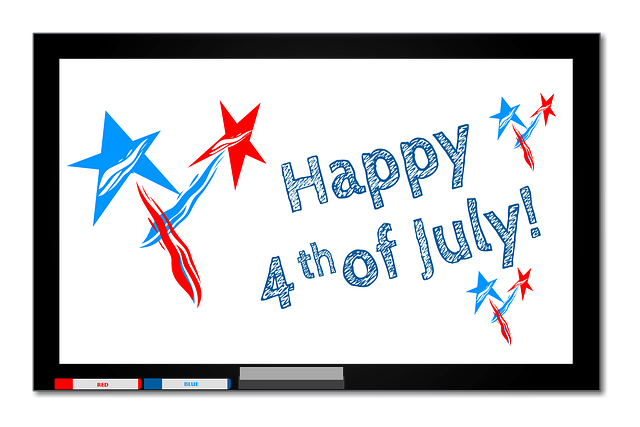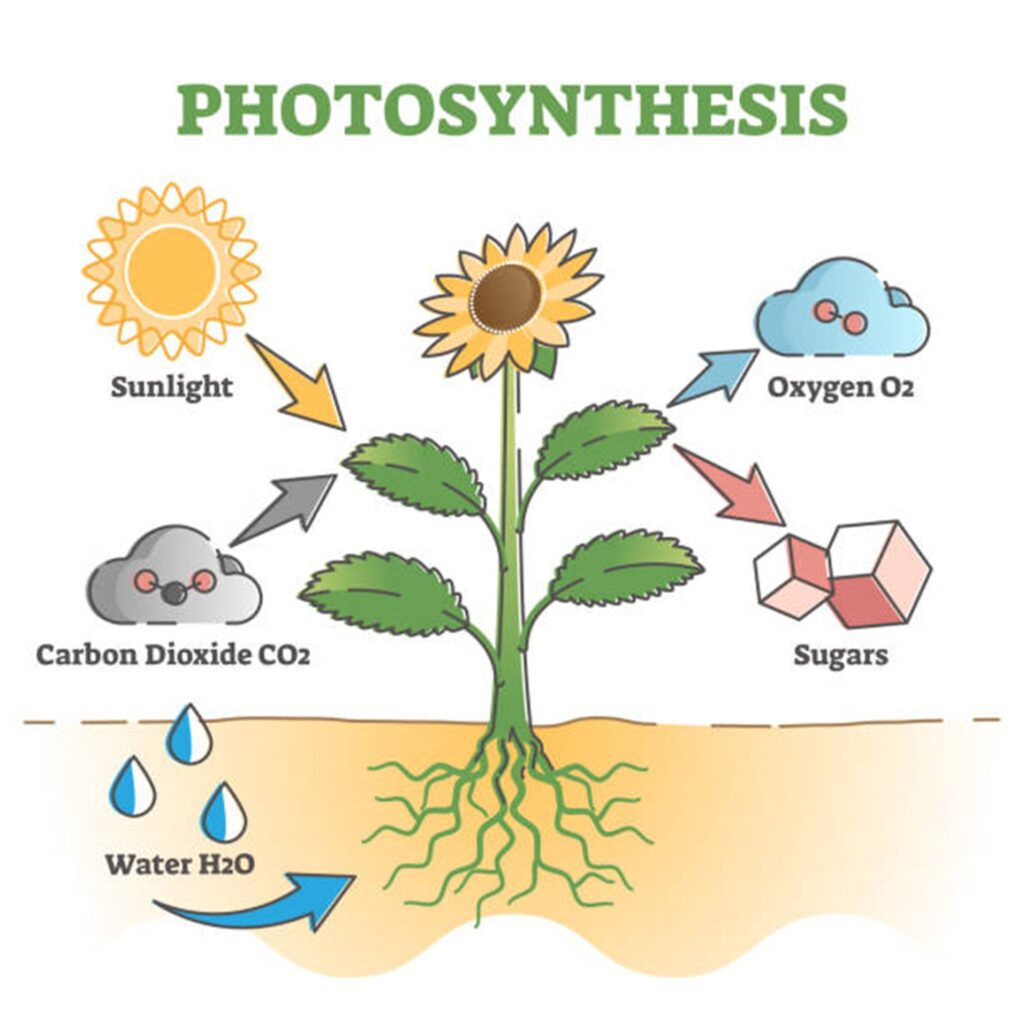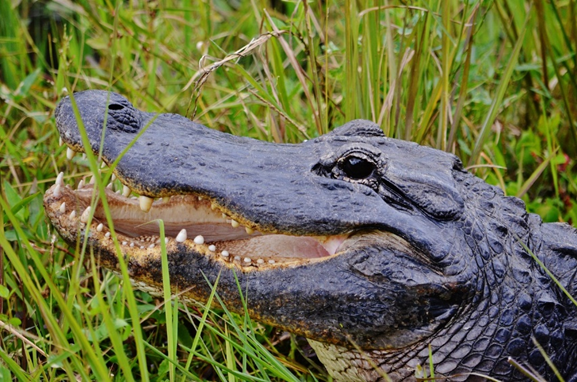
If you were to ask all the people in your life what their favorite animal was, almost all of them would be able to name a certain wildlife friend that they dubbed their favorite ever since they were a kid. Many children will pick lions, giraffes, monkeys, snakes, dolphins, otters, and so many other cute and commonly known animals as their favorite member of the animal kingdom. But, as you may know, most of the animals the average person can name off the top of their head only account for a small fraction of all the wildlife in the world!
September 4th is known as National Wildlife Day and it is the perfect excuse to learn about some bizarre wildlife you may have never heard of, while also learning about the conservation efforts for all the animals you know and love!
Florida is one of the most biodiverse places in the entire world, meaning it has one of the largest arrays of species of animals out of anywhere in the world. In the U.S. alone, Florida is ranked in the top five of states with the most endemic species, and it is also ranked in the top ten of states with the most plant and animal species. Some of these wonderful animals include things like alligators, owls, snakes, herons, turtles, panthers, racoons, and so much more.
The American Alligator is arguably the most thought of predator on the Florida Everglades. The genus and species name for the animal is Alligator mississippiensis and this animal is known for many of its strengths. However, did you know that baby alligators, because they are much smaller than an adult alligator, must have a lot of adaptations to help them stay alive? Some of these include a striped pattern on their body to help them camouflage into their surroundings, a strong tail to use as a weapon, and even urinating on their predators!
There are over 40 different native snake species found in Florida, and almost 4,000 in the entire world! Snakes are some of the most abundant wildlife and they have many different characteristics depending on the species. Many snakes are excellent at camouflage and have striped patterns along their body to keep them hidden from predators. Most snakes are also known as ambush predators, which means they prefer to hide and wait for their prey to come by so they can jump out and attack! Despite what most people think, some snakes are great climbers too! They have
specialized scales on their bellies that allow them to climb up the bark of trees and even sides of buildings.
When many people think of large Florida animals, the Florida Panther comes to mind. This is one of the most essential species to Florida’s ecosystems and is also one of the most protected species too! Did you know that the Florida panther (Puma concolor coryi) is actually the same species as a mountain lion or a cougar? They have different common names depending on where they are found! At one point in the 1970s, the Florida panther became so endangered that there were as little as 20-30 individuals left in the wild. This was due to a massive amount of habitat fragmentation and loss. Today, population numbers are rebounding, but the species is still heavily protected.
If you want to help preserve the members of the animal kingdom, there are many things you can do to help.
· Do some research on the endangered species in your area and what their anthropogenic threats are.
· Take some time to learn what the current conservation efforts towards this species are and how you can contribute.
· Learn about the many wildlife species that exist in your direct area and what you can do every day to protect them!
